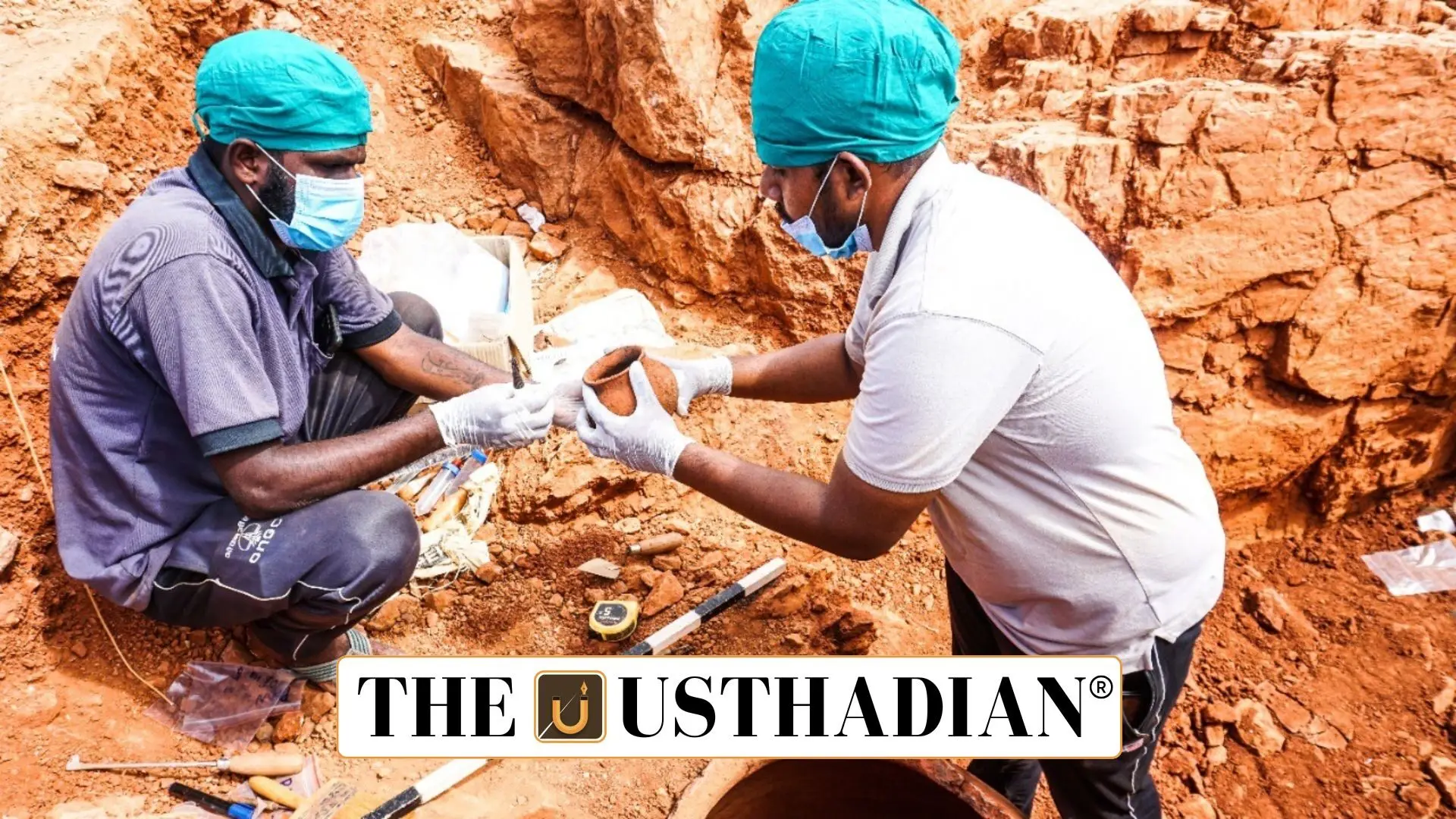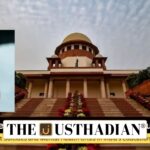Breakthrough in ancient facial reconstruction
Facial Reconstruction from Keeladi DNA: A groundbreaking facial reconstruction project has been completed using DNA recovered from the Keeladi archaeological site in Tamil Nadu. The study was led by Liverpool John Moores University in collaboration with Indian experts. Using 3D digital facial reconstruction technology, researchers visualized what people living in 6th century BCE Keeladi may have looked like.
Keeladi’s historical importance
Keeladi, located 12 km southeast of Madurai, is believed to have been a flourishing urban settlement during the Sangam Age. Archaeological digs have unearthed brick structures, pottery with Tamil Brahmi inscriptions, and artifacts indicating trade and literacy.
Static GK fact: Keeladi is often cited as evidence of urban civilization in South India before the Mauryan period.
How the facial reconstructions were done
Researchers used computer-assisted 3D reconstruction techniques, combining forensic anatomical standards with digital sculpting. The process reconstructed layers of muscle, skin, and facial contours from skeletal remains.
This method helps bring ancient history to life and fosters visual connections with Tamil ancestors.
DNA analysis and ancestral roots
The study of DNA has revealed a genetic admixture involving South Indian, West Eurasian, and Austro-Asiatic lineages. This supports theories of ancient migration patterns and cultural exchanges across regions.
Static GK fact: Tamil Nadu’s coastal position historically enabled contact with Mediterranean and Southeast Asian civilizations.
Kondagai burial DNA and future research
Further DNA studies are underway at Kondagai, a nearby burial site, where urn burials have been excavated. Institutions like Harvard University are expected to collaborate in sequencing ancient genomes. These efforts aim to map out population movements and social structures of early Tamil societies.
Skeletal studies and physical traits
Anthropological assessments from Kondagai show that the average lifespan was around 50 years. Bone morphology studies have helped estimate age, gender, and average height.
Static GK fact: Sangam-era literature often described warriors as tall and valiant, aligning with some physical findings.
Political and archaeological debates
The excavation has been mired in political disagreements between the Tamil Nadu government and the Archaeological Survey of India (ASI). The state has requested public release of findings and has presented radiocarbon dates indicating an earlier origin than acknowledged by ASI.
Static GK tip: ASI functions under the Ministry of Culture, Government of India and oversees major archaeological excavations.
Cultural implications for Tamil identity
The facial reconstructions provide a tangible link to Tamil heritage and identity. They reaffirm the antiquity of Tamil civilization, reinforcing the narrative that South India had urban societies as old as those in the Indus Valley or Gangetic Plains.
Static Usthadian Current Affairs Table
Facial Reconstruction from Keeladi DNA:
| Topic | Detail |
| Keeladi Location | 12 km southeast of Madurai, Tamil Nadu |
| Historical Period | 6th century BCE |
| Reconstruction By | Liverpool John Moores University |
| DNA Sources | Burial sites at Keeladi and Kondagai |
| Genetic Findings | Mix of South Indian, West Eurasian, Austro-Asiatic ancestry |
| Reconstruction Technique | 3D forensic facial modeling |
| Ongoing Collaborations | Harvard University (DNA analysis) |
| Average Lifespan (Ancient Tamils) | Around 50 years |
| Tamil Nadu’s Request | Release of ASI’s Keeladi findings |
| ASI Oversight | Under Ministry of Culture, Government of India |








